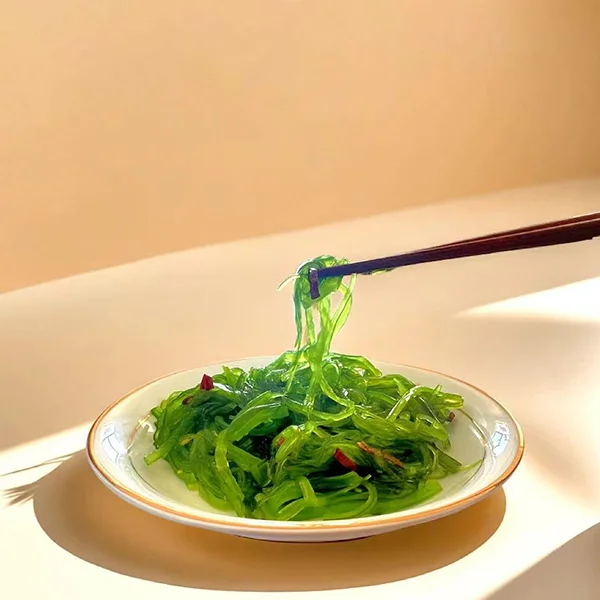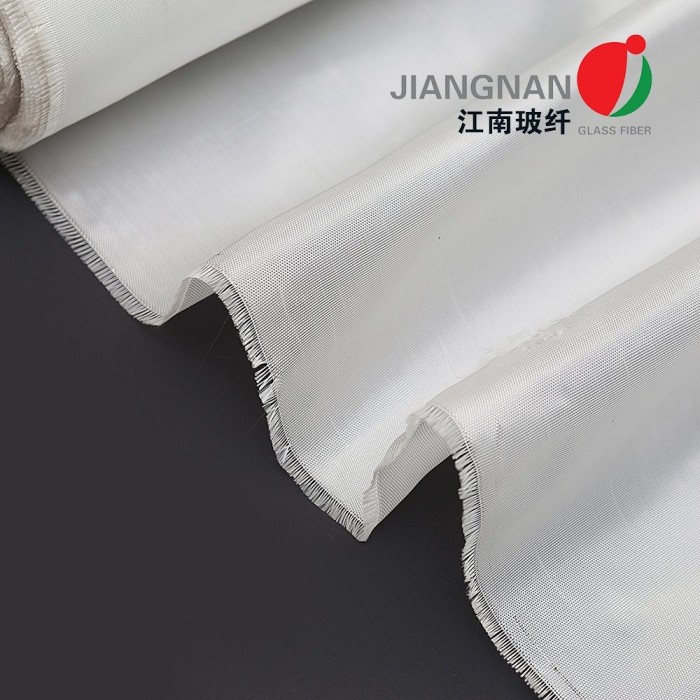In recent years, kelp farming has emerged as one of the most sustainable and profitable aquaculture ventures in the world. As global demand for nutritious, eco-friendly, and versatile seaweed products grows, more entrepreneurs and coastal communities are exploring the opportunities this industry offers. This guide will walk you through the essentials of starting a successful kelp farming operation, with insights inspired by Weihai Chengyuan Marine Biotechnology Co., Ltd., a leading enterprise specializing in the cultivation, processing, and production of seaweed products such as kelp, wakame, hijiki, and seaweed salad.

1. Understanding the Basics of Kelp Farming
Kelp is a type of large brown seaweed that thrives in cold, nutrient-rich waters. It grows quickly, requires no fertilizers, and absorbs large amounts of carbon dioxide—making it an environmentally friendly crop. Kelp farming involves growing seaweed on ropes or nets suspended in the ocean, where it can mature naturally with minimal maintenance.
Before starting, it’s essential to research local marine conditions, including water temperature, salinity, and depth. Most kelp species grow best in water temperatures between 5°C and 15°C, with good water circulation and adequate light penetration.
2. Choosing the Right Location
Location is one of the most critical factors for kelp farming success. Coastal regions with clean water and moderate wave action are ideal. Avoid areas with heavy pollution, strong currents, or excessive sedimentation, as these conditions can harm kelp growth.
Companies like Weihai Chengyuan Marine Biotechnology Co., Ltd., located in the rich marine environment of Weihai, Shandong, have leveraged their advantageous geography to build sustainable and large-scale seaweed cultivation bases. Their success demonstrates how location and environmental conditions play a decisive role in achieving high-quality yields.
3. Selecting Kelp Species and Seeding Techniques
Different kelp species have different growth characteristics and commercial uses. Common species include Laminaria japonica (kombu) and Undaria pinnatifida (wakame). The choice depends on market demand and local environmental suitability.
The seeding process typically starts in a controlled nursery environment, where spores attach to seed ropes and begin to grow. Once the young kelp plants reach the desired size, they are transferred to the open sea for further cultivation. Experienced producers like Weihai Chengyuan have developed advanced breeding and seeding techniques that improve growth rates and product consistency.
4. Farm Design and Maintenance
A well-designed kelp farm maximizes space and efficiency while ensuring easy access for monitoring and harvesting. The most common design involves a longline system—ropes suspended horizontally from buoys. These ropes serve as growing surfaces for kelp.
Maintenance includes checking lines for tangles or damage, monitoring for pests or disease, and ensuring the kelp grows evenly. Kelp requires little feeding or intervention, but regular inspections help prevent losses.
5. Harvesting and Processing
Kelp typically reaches harvestable size in 6 to 8 months. The timing of the harvest affects the product’s quality, nutritional value, and texture. After harvesting, kelp can be processed into a wide range of products, including dried kelp, seaweed salad, wakame, and hijiki—just like the product lines offered by Weihai Chengyuan Marine Biotechnology Co., Ltd.
The company’s integrated operations—from cultivation to processing—ensure that every product retains maximum freshness, nutrition, and natural flavor. Modern drying and packaging techniques also enhance shelf life and export quality.
6. Marketing and Distribution
As awareness of seaweed’s health benefits grows, demand continues to rise in both domestic and international markets. Kelp is valued for its high iodine, fiber, and antioxidant content, making it popular in health foods, supplements, and cosmetics.
Building a strong brand identity focused on quality, sustainability, and traceability will help new farmers establish credibility. Partnering with established companies such as Weihai Chengyuan Marine Biotechnology can provide valuable market insights and distribution opportunities.
7. Sustainability and Future Growth
Kelp farming not only supports food production but also contributes to ocean ecosystem restoration. It absorbs excess nutrients, combats ocean acidification, and creates habitats for marine life. As global efforts toward a blue economy expand, kelp farming represents a promising model for sustainable coastal development.
Weihai Chengyuan’s success story highlights how innovation and environmental responsibility can go hand-in-hand. By combining advanced cultivation techniques, strict quality control, and eco-friendly practices, they’ve become a trusted leader in the seaweed industry—setting a benchmark for aspiring kelp farmers worldwide.
Conclusion
Starting a kelp farming operation requires careful planning, environmental awareness, and commitment to sustainable practices. With global demand for seaweed-based products continuing to grow, the opportunity for success has never been greater. By learning from experienced companies like Weihai Chengyuan Marine Biotechnology Co., Ltd., new entrants can build thriving, eco-friendly businesses that benefit both people and the planet.
www.shandongwakame.com
Weihai Chengyuan Marine Biotechnology Co., Ltd.





